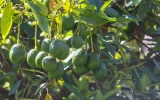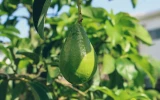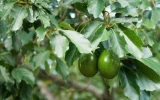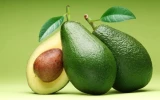Avocado Yield per Hectare: What to Expect in Profits
Avocado yield per hectare can vary widely depending on the variety of avocados being grown, the age of the orchard, and the management practices used. In this article, we'll explore how much you can harvest from a hectare of avocado trees to estimate the potential profits of your farm.
Hass avocados are one of the most common varieties grown commercially and can yield between 8–13 tonnes per hectare (t/ha), while Fuerte avocados can yield between 7-11 t/ha. Reed avocado trees have an average yield of around 8-12 t/ha, while Zutano avocados have an average yield of around 5-10 t/ha.
Growing avocados can be a profitable venture, but it comes with its fair share of challenges. As you go through this article, we will discuss some of the challenges that avocado farmers face in their quest to achieve high yields per hectare.
Avocado yields per hectare will provide targets to work toward when establishing plans for how to start an avocado farm from scratch.
Summary
- The Hass avocado variety has the highest average yield per hectare, ranging from 7–13 tonnes, attributed to its ability to produce a large number of fruits per tree, consistent and reliable bearing habits, and prolonged flowering period, resulting in a longer harvest window and more uniform fruit set.
- Fuerte avocados have an average yield of 6–12 tonnes per hectare, but with proper care, optimal growing conditions, and efficient farming practices, higher yields can be achieved.
- Reed avocado trees have an average yield of 8–12 tonnes per hectare due to their vigorous growth habit, substantial canopy development, higher number of fruit-bearing branches, and the potential for a bountiful harvest in suitable climates with optimal temperature, sunlight, and soil conditions.
- The estimated net profit from a hectare of avocados ranges from $17,000-$62,000, taking into account the yield of avocados, average selling price, and operating expenses. This indicates the potential profitability of avocado farming.
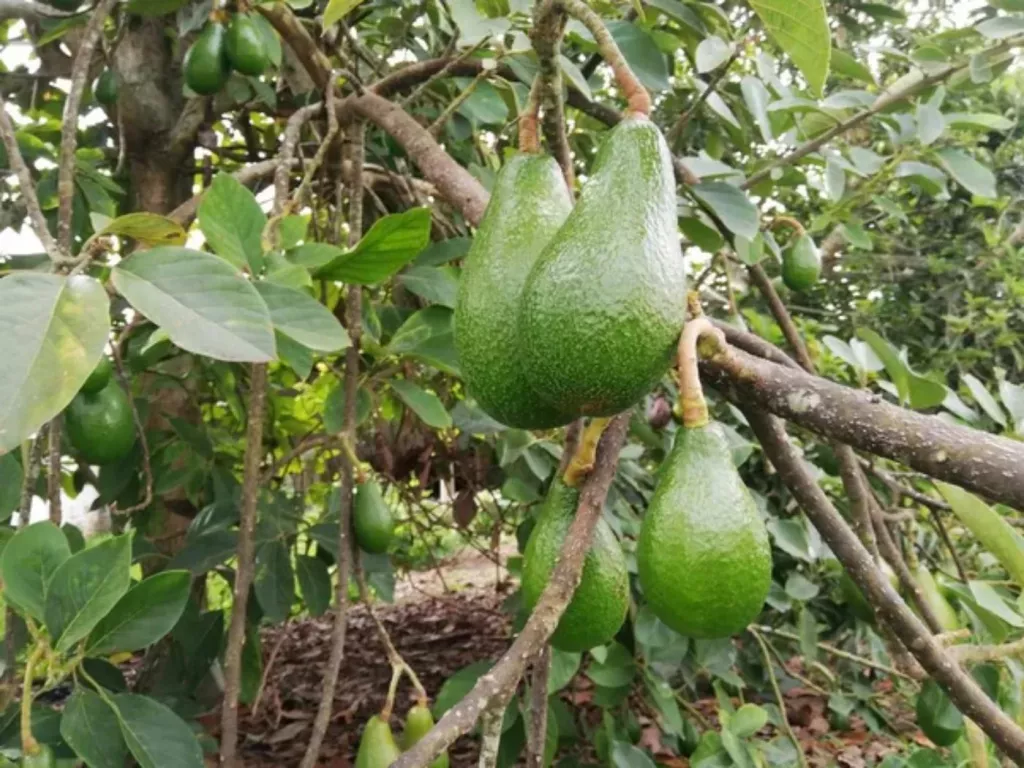
On this page:
Yield per Hectare for Different Avocado Varieties
Different varieties of avocados are grown, each with its unique characteristics and yield per hectare. In this section, we will take a closer look at some of the most popular avocado varieties and their average yields.
| Avocado Variety | Estimated Yield per Hectare (tonnes) |
|---|---|
| Hass | 7-13 |
| Fuerte | 6-12 |
| Reed | 8-12 |
| Zutano | 5-10 |
Average yield per hectare for Hass avocados
Hass avocado is the most popular avocado variety in the world and is known for its creamy texture and nutty flavor. It is grown in many parts of the world, including California, Mexico, and Chile.
Hass avocado trees are known for their high yield per hectare, with an average yield of around 7-13 tonnes per hectare or approximately 17,000 to 37,000 pounds per hectare. The fruit is medium to large and has a dark green, pebbled skin that turns black when ripe.
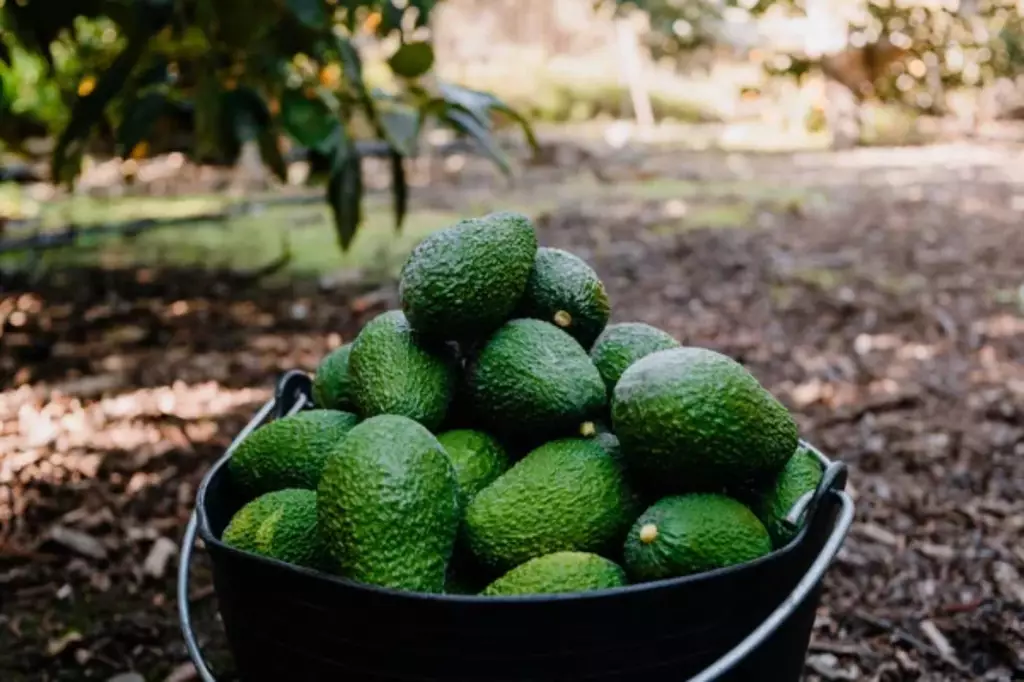
One reason for their high yield is their ability to produce a large number of fruit per tree. The Hass avocado tree has a strong fruit set, meaning it can support a significant number of avocados.
Additionally, the Hass variety is known for its consistent and reliable bearing habits, which means it tends to produce a good crop year after year.
Furthermore, their flowering and fruiting patterns contribute to their high yield potential. The variety exhibits a prolonged flowering period, allowing for extended pollination and fruit development.
This extended flowering period can result in a more uniform fruit set and a longer harvest window, ultimately contributing to higher overall yields.
Average yield per hectare for Fuerte avocados
Generally, the average yield of Fuerte avocados is estimated to be around 6–12 tons per hectare. However, with proper care, optimal growing conditions, and efficient farming practices, some avocado orchards have been able to achieve even higher yields.
Note that avocado trees, including the Fuerte variety, typically take several years to reach full production potential, but they can start bearing within 3–4 years. Once mature, a well-maintained and properly managed avocado orchard can provide consistent yields over many years.
To maximize the average yield per hectare for Fuerte avocados, farmers often focus on factors such as irrigation, fertilization, pest and disease management, pruning, and overall orchard management.
Additionally, selecting high-quality planting material, proper spacing, and suitable rootstock can also contribute to improved yields.
Average yield per hectare for Reed avocados
Reed avocado trees have an average yield of around 8–12 tonnes per hectare. The fruit is large and has a smooth, green skin that turns black when ripe.
Reed avocado trees are known for their relatively high yield potential because of their vigorous growth habit, which can result in the development of a substantial canopy and a higher number of fruit-bearing branches.

When cultivated in suitable climates with optimal temperature, sunlight, and soil conditions, Reed avocado trees can also thrive and produce a bountiful harvest.
Additionally, Reed avocados that are well-pollinated can produce a greater number of fruit, contributing to the overall yield per hectare.
Average yield per hectare for Zutano avocados
Zutano avocado trees have an average yield of around 5–10 tonnes per hectare. The fruit is medium in size and has a thin, green skin that turns black when ripe.
Generally, Zutano avocado trees are known for their high yield potential. A mature Zutano avocado tree can produce an average of 200–300 avocados per year. In a hectare, the recommended density for Zutano avocados is 200–250 trees per hectare.
In optimal growing conditions, a well-maintained Zutano avocado orchard can yield around 12,000 to 18,000 kilograms of avocados per hectare.
Farmers and growers often employ various techniques to maximize the yield per hectare, such as using efficient irrigation systems, implementing proper fertilization schedules, and ensuring adequate pest and disease management.
Estimated Profit From a Hectare of Avocados
The table below provides a breakdown of the estimated profit from a hectare of avocados:
| Cost Factors | Estimated Amount (per Hectare) |
|---|---|
| Yield of avocados | 22,000-44,000 lbs (11-22 tons) |
| Average selling price | $1.00-$1.75 per lb |
| Total revenue | $22,000-$77,000 |
| Operating expenses | $5,000-$15,000 |
| Net profit | $17,000-$62,000 |
In terms of yield, a hectare of avocado trees can produce anywhere from 22,000-44,000 lbs. of fruit per year, depending on the age and health of the trees, as well as the specific growing conditions.
The selling price of avocados can fluctuate based on market demand, but on average, avocados can fetch a good price of around $1.00-$1.75 per pound, due to their popularity and nutritional value.
After accounting for the costs of land, tree maintenance, irrigation, fertilization, pest control, and harvest labor, which can be around $5,000-$15,000, the net profit from a hectare of avocados can lie between $17,000-$62,000.
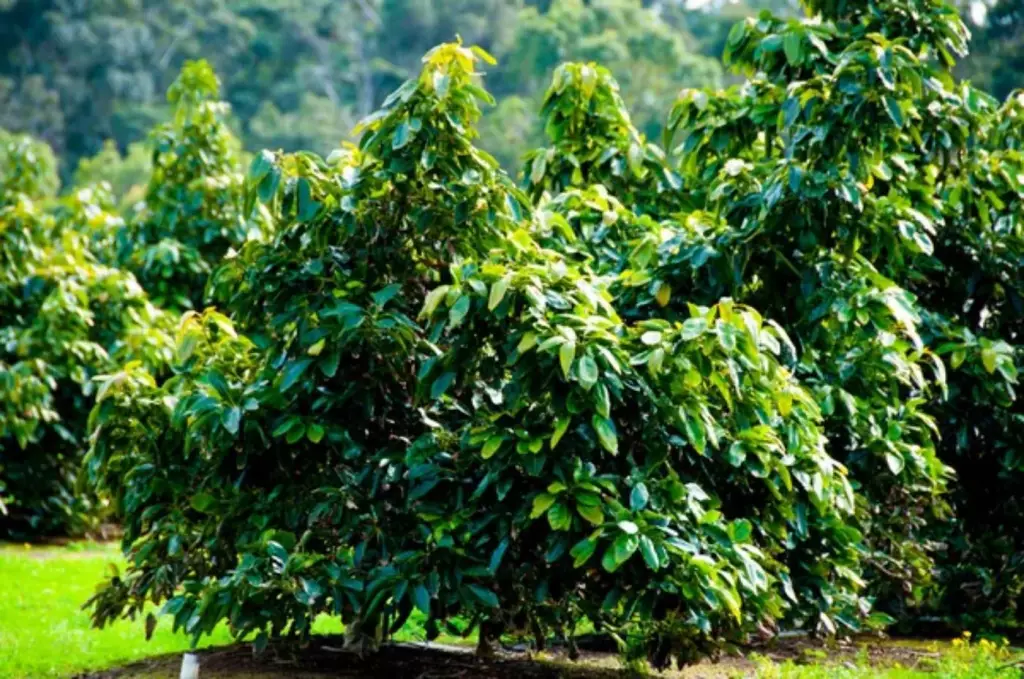
Additionally, factors such as organic certification, direct marketing, and value-added products like avocado oil or guacamole can further increase the potential profit.
Challenges in Avocado Yield Production
Growing avocados can be a profitable venture, but it comes with its fair share of challenges. In this section, we will discuss some of the challenges that avocado farmers face in their quest to achieve high yields per hectare.
Labor and harvesting challenges
Avocado farming faces significant labor and harvesting challenges, particularly in relation to the labor-intensive nature of avocado harvesting.
The process of picking avocados is time-consuming and requires a substantial workforce, especially during the peak season. However, finding an adequate number of skilled laborers to harvest the fruit can be a major obstacle for avocado farmers.
The scarcity of labor can result in delays in harvesting, which in turn can lead to a reduction in the quality of the fruit. Avocados are highly perishable, and any delays in harvesting can negatively impact their freshness and overall quality.
Additionally, the shortage of labor can also affect the overall yield, potentially leading to financial losses for the farmers.
To address these challenges, avocado farmers may need to explore various strategies to ensure an adequate labor supply during the harvesting season.
This could involve implementing efficient recruitment and retention practices, offering competitive wages and benefits, and providing training to new workers to enhance their harvesting skills.
Furthermore, technological advancements such as the development of automated harvesting equipment may also offer potential solutions to alleviate the labor shortage issue.
Typical yields per hectare, as well as global and regional avocado production trends, can provide valuable benchmarks and productivity targets to consider when developing financial forecasts and orchard design plans.
Challenges posed by diseases and pests
Avocado trees are susceptible to a range of diseases and pests that can significantly reduce yields. Some of the most common diseases include root rot, anthracnose, and black spot. Pests such as thrips, mites, and fruit flies can also cause significant damage to avocado trees and reduce yields.
To combat these challenges, avocado farmers need to implement effective disease and pest control measures. This can include regular monitoring of the trees, the use of pesticides and fungicides, and the implementation of good hygiene practices.
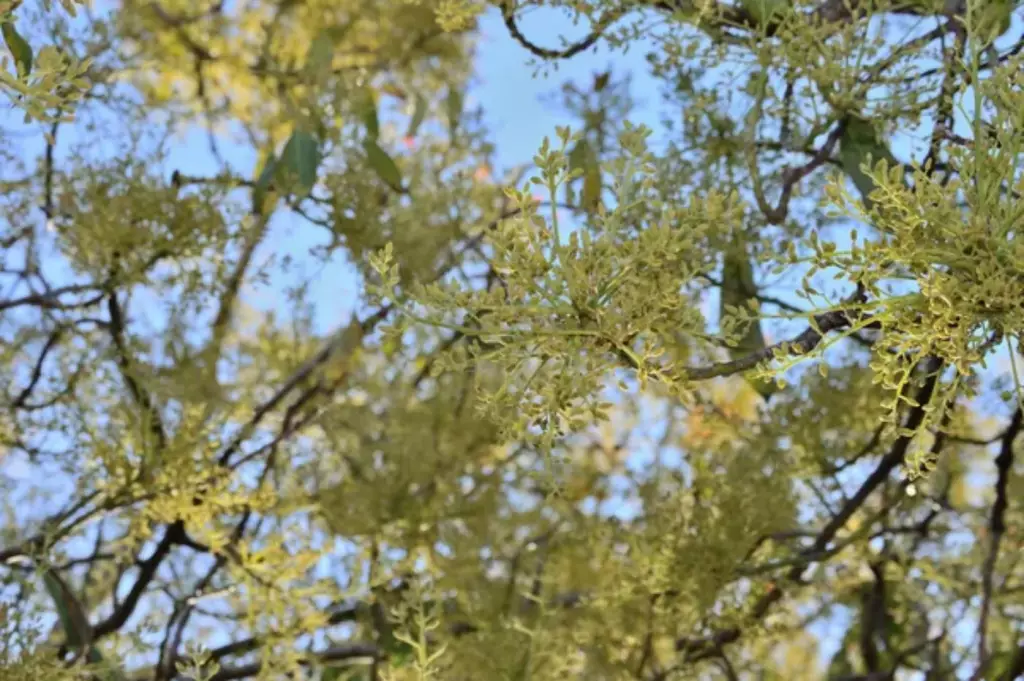
Market and export challenges
One of the biggest challenges facing avocado farmers is the global demand for avocados. While this demand presents an opportunity for farmers to increase their yields and profits, it also creates challenges in terms of market access and export regulations.
Exporting avocados to other countries requires compliance with a range of regulations and standards, which can be costly and time-consuming. Additionally, fluctuations in global demand can lead to price volatility and uncertainty for farmers.
